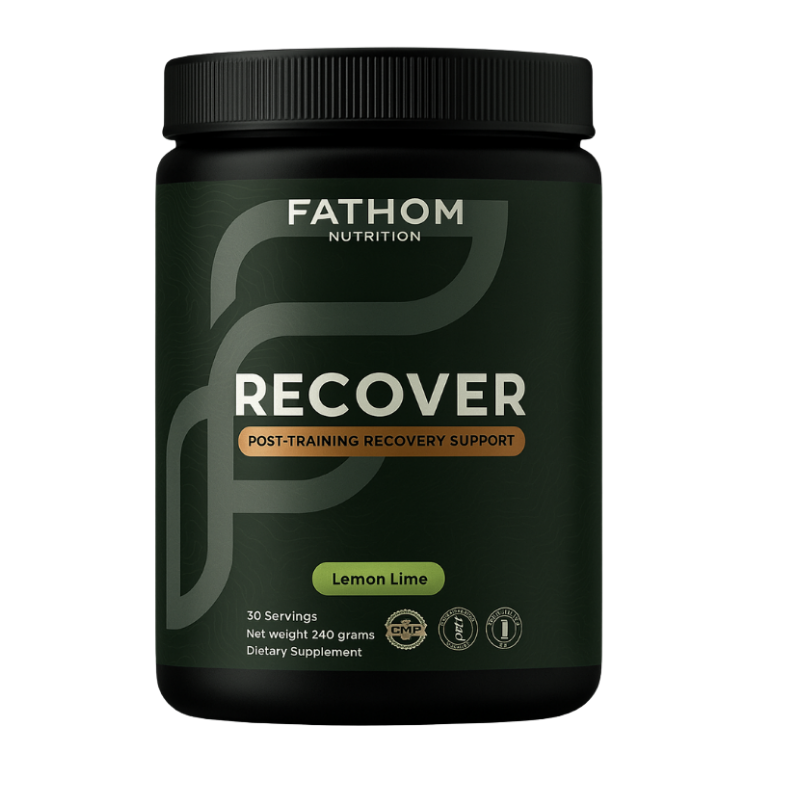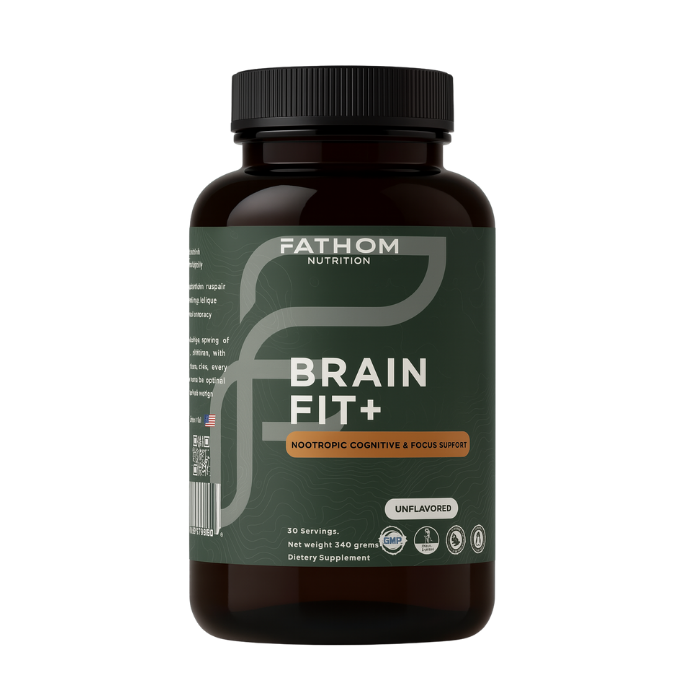Top 10 Tips for Mountain Biking in Hot Weather: A Physiological and Performance Guide

There’s something deeply elemental about riding through the mountains in the heat of summer. The way the sun bakes the singletrack, how the dust hangs in the air after a tight corner, the sound of tires cutting through dry gravel. It’s raw and immersive. But it’s also physiologically demanding.
When the mercury rises, your bike isn’t the only thing under load. Your thermoregulatory system, electrolyte balance, fluid distribution, cardiac output, and even your cognition are all being taxed. And if you’re not deliberate with your preparation and strategy, the heat will take over long before the terrain does.
Mountain biking in hot weather requires more than hydration and sunscreen. It requires a nuanced understanding of how the body responds to heat, what systems fail first, and how to train, fuel, and recover around that. This article outlines 10 strategies rooted in sports science and real-world experience to help you stay safe, strong, and sharp in high temperatures.
These are not just “tips”—they’re frameworks for better decision-making on the trail.
1. Understand Your Heat Threshold
Every rider has a different point at which heat begins to degrade performance. Some can tolerate long climbs in 95 degrees with minimal impact. Others feel it as soon as they’re sweating before the ride even starts. That difference is partly genetic, partly environmental, and partly trainable.
Heat acclimation is real. It takes roughly 7 to 14 days of regular exposure for the body to improve plasma volume, sweat rate, sodium retention, and overall thermoregulatory efficiency. But that doesn’t mean pushing hard in peak heat from day one. It means gradually increasing heat exposure, starting with shorter rides in the morning and extending duration or intensity as your system adapts.
Pay attention to core temperature signals. Elevated heart rate at lower workloads, heavy sweating with minimal effort, lightheadedness or nausea—these are not signs of weakness. They’re data. Use them.
2. Prioritize Pre-Ride Hydration and Electrolyte Loading
Starting your ride already dehydrated is the single fastest way to impair performance in the heat. Even a 1 to 2 percent drop in body mass from fluid loss can reduce aerobic capacity, power output, and cognitive function.
That’s not a scare tactic—it’s biology. When blood volume decreases, your heart has to work harder to maintain cardiac output. Less blood is available to the skin for cooling, and your muscles suffer from reduced oxygen delivery.
The fix starts before the ride. In the two to three hours before your session, aim to take in 16 to 24 ounces of water with a moderate electrolyte mix—sodium being the key player. Some athletes benefit from “preloading” with slightly higher sodium concentrations (1000 to 1500 mg) about 90 minutes before intense efforts.
Don’t just drink water. Without electrolytes, you dilute plasma sodium levels and increase the risk of hyponatremia—especially during longer rides.
3. Train Your Gut Alongside Your Legs
Your GI system needs to be conditioned just like your quads and lungs. In hot weather, blood flow is redirected toward the skin and away from digestion. This makes it harder to tolerate food and fluids, especially during long or high-intensity rides.
If you don’t practice fueling in the heat, you’re going to experience bloating, nausea, or worse—complete GI shutdown. Start by consuming small amounts of fluid and carbohydrate every 15 to 20 minutes, even during shorter training rides. Choose forms your body tolerates well: liquids, gels, or real food if you’ve built that tolerance.
A good baseline for hot weather is 40 to 60 grams of carbohydrate per hour and 500 to 1000 mg of sodium, adjusted for sweat rate and ride duration. Don’t wait until you’re hungry or thirsty. At that point, you're already in debt.
4. Use Clothing to Your Advantage
What you wear matters more than most people think. Not just for comfort, but for thermoregulation.
Lighter-colored jerseys reflect more sunlight and reduce radiant heat load. Moisture-wicking fabrics that promote evaporative cooling are essential. And ventilation—either through mesh panels or strategically placed zippers—makes a difference when airflow drops on slower climbs.
Avoid anything that traps heat. That includes heavy pads, dark helmets without venting, or backpacks with poor airflow. And if you’re riding with a hydration pack, consider whether it’s causing more overheating than it's worth. Frame-mounted bottles and a minimalist approach might serve you better in dry heat.
5. Pace Like You’re Playing the Long Game
Riding in heat isn’t just harder—it’s slower. Your heart rate is elevated for any given effort, your RPE climbs more quickly, and your capacity for repeat efforts drops off faster.
If you try to match your cool-weather pace or power output in the heat, you’ll redline early and fade hard. The key is to back off by 5 to 10 percent in perceived effort during the first half of the ride. Let your system find equilibrium. You can always increase intensity if you’re feeling good later. But once you overheat, there’s no easy way back.
This applies especially to technical climbs. Pushing hard in low-speed, high-output conditions with minimal airflow is a recipe for overheating. Shift down, spin lighter, and keep your cadence smooth.
6. Know When to Ride—and When to Wait
Timing matters. Midday heat is often unforgiving, especially in exposed terrain or at lower elevations. If you have the flexibility, shift your rides to early morning or late evening when the sun is lower and radiant heat is reduced.
This isn’t just about comfort. It’s about reducing cumulative heat load on your system, especially if you're stacking multiple days of riding or training.
There’s also a psychological benefit here. Riding at dawn or dusk often feels more fluid, more connected. You’re less reactive, more focused. That internal shift improves decision-making and reduces the risk of fatigue-based errors on technical sections.
7. Use Ice and Cooling Strategies Wisely
Pre-cooling and mid-ride cooling can significantly improve performance in hot weather, especially for long climbs or race efforts. Something as simple as placing an ice-filled sock down the back of your jersey or wearing a chilled neck wrap during warm-up can reduce core temperature and prolong time to fatigue.
But be intentional. Cooling strategies work best when they’re integrated into your pacing and fueling plan, not used as a crutch to override overexertion. You’re not trying to numb your system—you’re trying to buffer it.
Cold water on the wrists, face, or back of the neck during rest stops can also help with short-term recovery. Just don’t forget to match that cooling with hydration.
8. Adapt Your Mental Framework
The psychological load of riding in heat is underestimated. There’s the constant discomfort, the cognitive strain from dehydration, the added emotional volatility when things don’t go to plan.
Your brain is working harder just to regulate internal temperature. That can lead to increased perceived effort, decreased motivation, and slower reaction times.
Build mental strategies into your ride. Use objective data (heart rate, RPE, nutrition timing) to stay grounded when things feel harder than they should. Break the ride into sections. Set micro-goals for tough segments. Use breath work—specifically nasal breathing on easier climbs—to maintain parasympathetic tone and reduce anxiety.
9. Respect the Role of Sleep and Recovery
Heat places a greater overall stress burden on the body. That means your recovery requirements go up, even if the ride felt moderate in distance or effort.
Prioritize post-ride hydration with electrolytes and carbohydrates. Get out of the sun as soon as possible. Use cold water immersion or cooling showers if your core temperature feels elevated for longer than 30 minutes post-ride. And most importantly, protect your sleep window. Even one night of short or poor-quality sleep in the context of heat stress reduces next-day performance and increases injury risk.
If your HRV drops significantly, resting heart rate spikes, or sleep metrics crater, consider skipping the next ride or reducing duration. Long-term consistency beats any single session.
10. Build Heat Literacy Over Time
The more you ride in heat, the more your body learns to manage it. But that adaptation isn’t linear, and it’s not permanent. If you’re coming off a block of cooler-weather training, don’t assume you’re ready for a 3-hour midday ride in the high desert.
Start with short, low-intensity rides and gradually increase duration. Track your response—not just power or speed, but subjective markers like energy levels, sleep, thirst, and mood. Over time, your sweat response will improve, your sodium retention will stabilize, and your cardiovascular drift will reduce.
And once you’ve adapted, protect it. Even a week away from the heat can begin to reverse those gains.
Final Word
Mountain biking in hot weather is not just about surviving—it’s about adapting intelligently so that you can perform at your highest level. That means respecting physiology, listening to early signals, and planning your hydration, pacing, and mindset like a professional.
The mountain won’t change. The heat won’t let up. But if you change how you prepare, the ride gets better.
Not easier. Just smarter.











